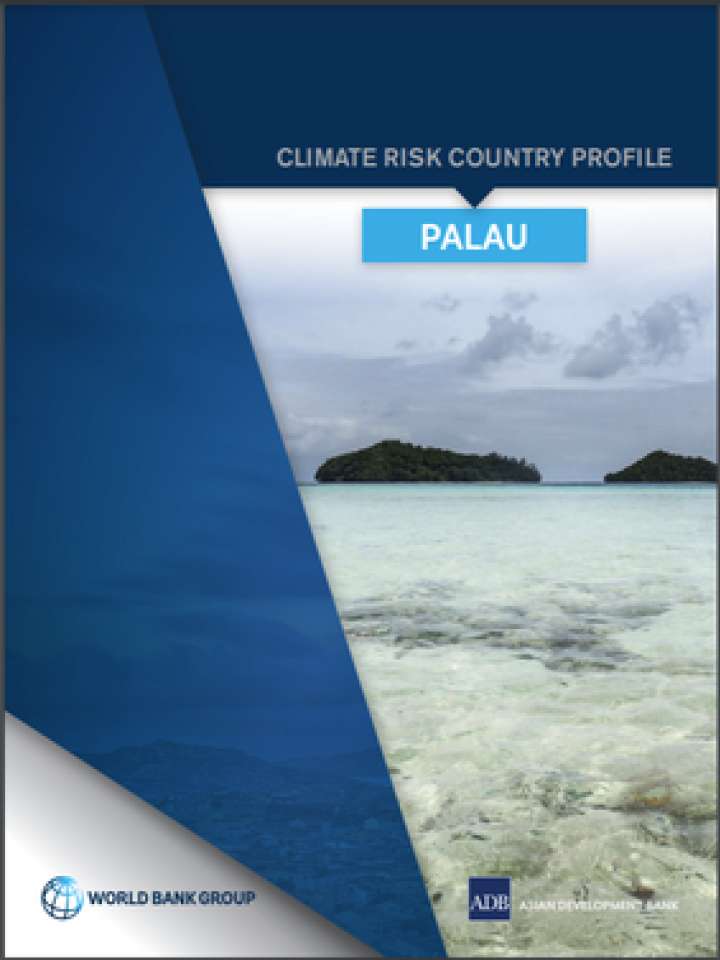Climate risk country profile: Palau
This profile is intended to serve as a public good to facilitate upstream country diagnostics, policy dialogue, and strategic planning by providing comprehensive overviews of trends and projected changes in key climate parameters, sector-specific implications, relevant policies and programs, adaptation priorities and opportunities for further actions. Palau is a microstate consisting of an archipelago of 586 islands located in the Western Pacific Ocean. Climate change poses several threats to the country, including coral bleaching, intense rainfall, sea-level rise, droughts and increased storm activity. Palau submitted its Nationally Determined Contribution in November 2015 and its Second National Communication to the UNFCCC in 2013.
This profile provides key messages on the climate risk faced by Palau, including:
- Palau is warming and is expected to warm throughout the 21st century. Future rates of warming are clouded by current models’ inability to simulate very localized changes but, warming is likely to be in the range of 0.8°C−3.2°C depending on the 21st century rate of global emissions.
- Coral bleaching as a result of climate change is a significant risk to the country’s ecology and economy and part of a global picture of coral loss.
- Climate change has brought into focus different elements of social and cultural issues found in Pacific islands, around land and wealth equity. Some argue the perception of the vulnerability of Pacific islands like Palau deny the agency of Pacific island inhabitants to define climate change on their own terms and implement their own local solutions.
Explore further
